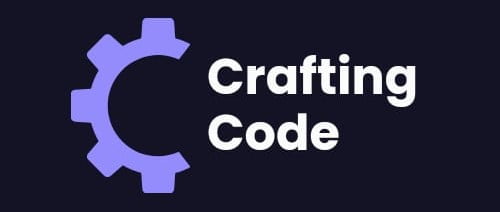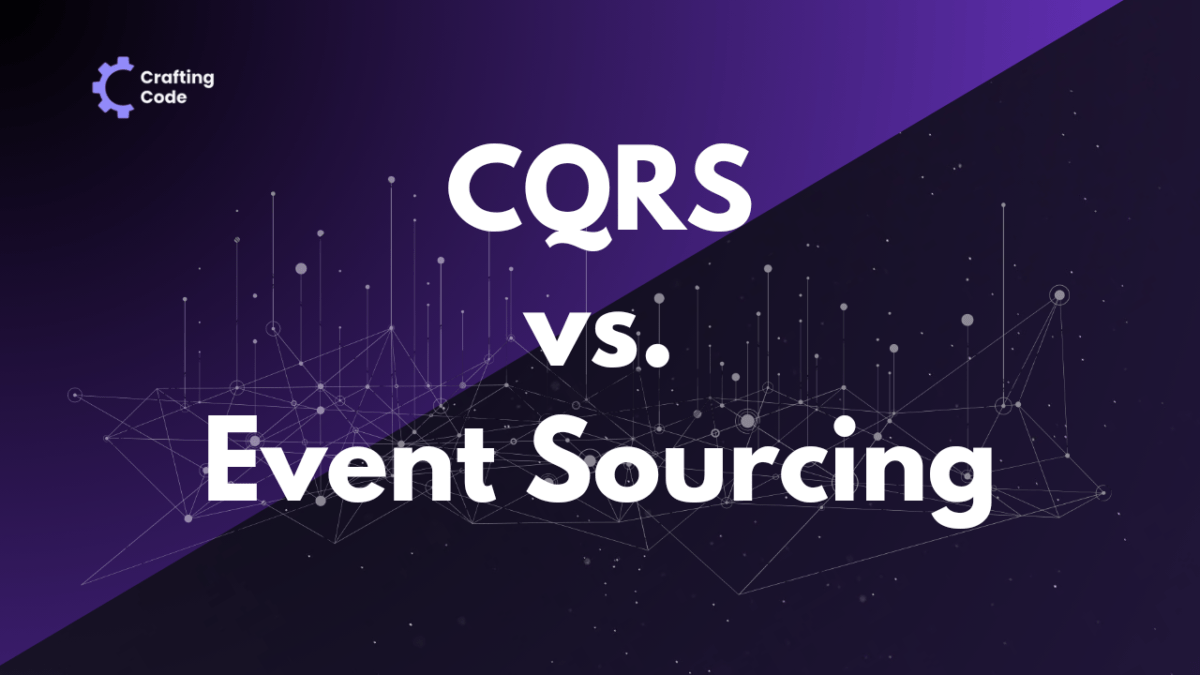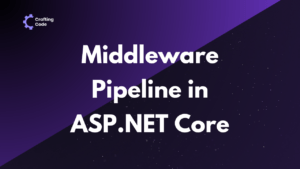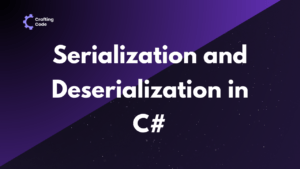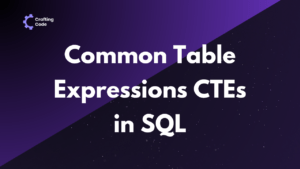CQRS (Command Query Responsibility Segregation) and Event Sourcing are two distinct architectural patterns commonly used in designing complex software systems. CQRS advocates for the separation of concerns between commands (write operations that change the system’s state) and queries (read operations that retrieve data from the system). This segregation allows for independent optimization of the write and read sides, leading to improved scalability and performance.
On the other hand, Event Sourcing revolves around the idea of capturing all changes to the application state as a sequence of events. Rather than storing the current state of the system, Event Sourcing persists the series of events that led to the current state. This approach offers benefits such as auditing, temporal querying, and the ability to reconstruct the system’s state at any point in time.
- Choosing Between CQRS and Event Sourcing
- Components and Architecture in CQRS
- Advantages of using CQRS
- Implementation Considerations
- Use Cases and Scenarios
- Components and Architecture in Event Sourcing
- Advantages of using Event Sourcing
- Implementation Considerations
- Use Cases and Scenarios
- Complementary Nature
Choosing Between CQRS and Event Sourcing
Choosing between CQRS and Event Sourcing depends on project requirements:
- CQRS is suitable when there’s a need to separate command and query processing, optimize write and read operations independently, and scale the system’s components based on workload characteristics.
- Event Sourcing is preferable for scenarios requiring historical auditing, temporal querying, or reliable state reconstruction, especially when a complete audit trail of changes to the system’s state is necessary.
| Aspect | CQRS Architecture | Event Sourcing Architecture |
| Data Structure | Uses separate read and write models | Relies on an event log of immutable events |
| Command Handling | Commands directly update the system’s state | Commands may trigger events appended to the log |
| Query Handling | Queries fetch data from optimized read models | Queries may involve replaying events from the log |
| Scalability | Supports independent scaling of read and write components | Scales horizontally via distributed event logs |
| Complementary | Often paired with Event Sourcing for complete system design | Can be used independently or alongside CQRS |
CQRS (Command Query Responsibility Segregation)
CQRS, short for Command Query Responsibility Segregation, is an architectural pattern that advocates for the segregation of read and write operations within a software system. In essence, it suggests that commands (operations that modify data) and queries (operations that retrieve data) should be handled separately, each with its own set of responsibilities.
The core principles of CQRS include:
- Separation of Concerns: CQRS promotes the separation of concerns between command handling (write side) and query handling (read side), allowing for independent optimization and scaling of each.
- Single Responsibility Principle: By segregating commands and queries, CQRS adheres to the Single Responsibility Principle, ensuring that each component of the system is responsible for a single aspect of functionality.
- Optimization for Specific Needs: CQRS recognizes that the requirements for command processing (write operations) and query processing (read operations) may differ significantly. Therefore, it allows developers to optimize each side independently based on its specific requirements.
Components and Architecture in CQRS
In a CQRS architecture, the key components include:
- Command Side: Responsible for handling commands initiated by users or other parts of the system. This involves processing commands, validating them, and updating the system’s state accordingly.
- Query Side: Handles queries by retrieving data from the system and presenting it to users or other components. The query side may involve specialized data retrieval mechanisms optimized for read operations.
Advantages of using CQRS
CQRS offers several advantages, including:
- Scalability: By separating commands and queries, CQRS allows for independent scaling of the write and read sides, enabling better performance optimization based on workload characteristics.
- Flexibility: CQRS provides flexibility to optimize command and query processing independently, leading to improved overall system performance.
Implementation Considerations
- Command Side: Implementing the command side involves designing mechanisms for processing and handling commands efficiently. This includes validation, authorization, and updating the system’s state.
- Query Side: Optimizing the query side requires designing efficient data retrieval mechanisms tailored for specific read requirements. This may involve techniques such as denormalization, caching, or materialized views.
Use Cases and Scenarios
CQRS is particularly suitable for systems where:
- There is a need for high scalability and performance.
- The read and write requirements vary significantly.
- Complex domain logic or workflows are involved, necessitating separate handling of commands and queries.
Event Sourcing
Event Sourcing is an architectural pattern where the state of a system is determined by a sequence of events. Instead of storing the current state of the system, Event Sourcing stores a log of events that describe changes to the system’s state over time. These events are immutable and represent facts that have occurred within the system.
Key principles of Event Sourcing include:
- Immutable Events: Events once recorded cannot be changed or deleted. They represent historical facts that are append-only.
- Reconstruction of State: The current state of the system is derived by replaying the sequence of events from the event log.
- Temporal Querying: Event Sourcing enables querying the state of the system at any point in time by replaying events up to that point.
Components and Architecture in Event Sourcing
The components of an Event Sourcing architecture typically include:
- Event Store: A database or storage mechanism that records the sequence of events as they occur. Each event is appended to the event log.
- Aggregate Roots: Domain entities that encapsulate business logic and state changes. Events are applied to aggregates to derive their current state.
Advantages of using Event Sourcing
Event Sourcing offers several advantages:
- Historical Auditing: The event log provides a complete audit trail of all changes to the system’s state, enabling historical analysis and compliance auditing.
- Temporal Querying: Event Sourcing allows querying the state of the system at any point in time, facilitating temporal analysis and debugging.
Implementation Considerations
- Event Storage: Choosing an appropriate storage mechanism for storing events is crucial. It should support efficient append-only operations and provide durability and consistency guarantees.
- Event Sourcing with Aggregates: Implementing event sourcing with aggregates involves designing aggregate roots to handle events and derive their current state based on event replay.
Use Cases and Scenarios
Event Sourcing is particularly suitable for systems where:
- Historical auditing and compliance are critical requirements.
- Temporal querying and analysis of system state are needed.
- There is a need to capture and process complex business workflows involving multiple state transitions.
Comparing CQRS and Event Sourcing
Data Structure:
- In CQRS, data is typically stored in separate read and write models. The write model is optimized for handling commands and updating the system’s state, while the read model is optimized for query operations.
- On the other hand, Event Sourcing stores data as a sequence of immutable events that describe changes to the system’s state over time. Instead of storing the current state directly, the system’s state is derived by replaying these events.
Command Handling
- Commands in CQRS are handled by components on the command side, which validate, process, and update the system’s state based on the received commands.
- In contrast, in Event Sourcing, commands may trigger the generation of events, which are then appended to the event log. The system’s state is updated by replaying these events.
Query Handling:
- CQRS handles queries with components on the query side, retrieving data from the optimized read model and presenting it to users or other components.
- With Event Sourcing, queries may involve replaying events from the event log to derive the system’s state at the desired point in time, allowing for temporal querying and analysis.
Scalability:
- CQRS enables independent scaling of the write and read sides, optimizing performance based on workload characteristics.
- Meanwhile, Event Sourcing achieves scalability by distributing the event log across multiple partitions or nodes, ensuring high throughput and fault tolerance.
Complementary Nature
CQRS and Event Sourcing often complement each other:
- Combining CQRS with Event Sourcing allows for the separation of concerns between command and query processing, while also providing a reliable mechanism for capturing and storing the history of changes to the system’s state.
Importance of Understanding the Differences between CQRS and Event Sourcing
Understanding the differences between CQRS and Event Sourcing is crucial for architects and developers in choosing the appropriate architectural patterns for their projects. While both patterns address scalability and performance concerns, they tackle them in fundamentally different ways.
By comprehending the distinctions between CQRS and Event Sourcing, software teams can make informed decisions about when and how to apply each pattern. This understanding enables them to design systems that are not only scalable and performant but also aligned with the specific requirements and constraints of their projects.
Furthermore, grasping the differences between CQRS and Event Sourcing gives a deeper understanding of architectural principles and promotes architectural agility. Architects and developers gain insights into alternative design approaches, allowing them to explore innovative solutions to complex problems in software design and implementation.
We provide insightful content and resources to empower developers on their coding journey. If you found this content helpful, be sure to explore more of our materials for in-depth insights into various Programming Concepts.
Stay tuned for future articles and tutorials that illustrate complex topics, helping you become a more proficient and confident developer.
